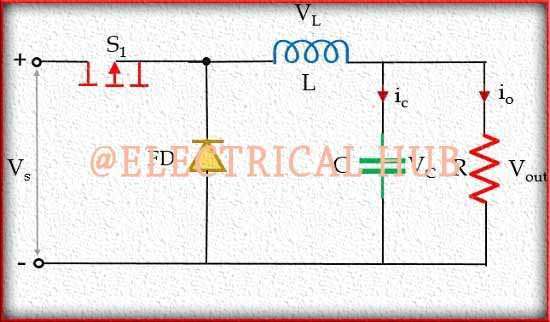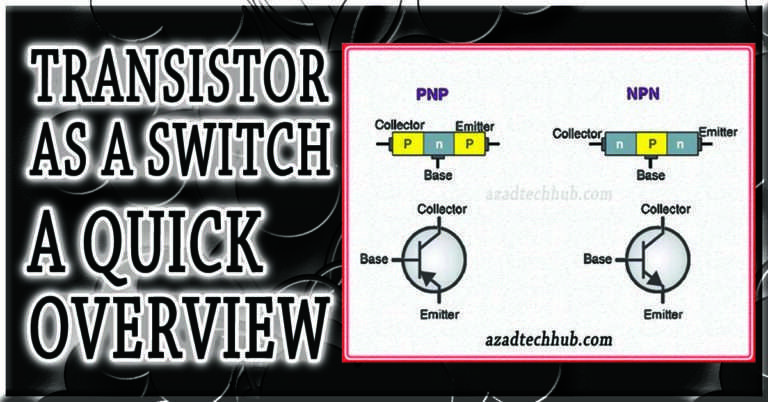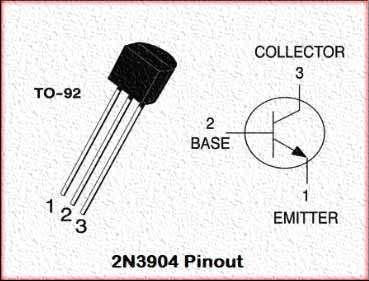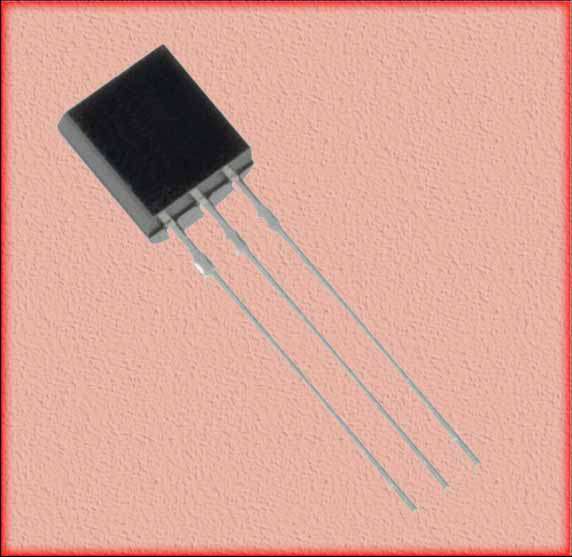220V Dimmer Circuit: A Comprehensive Guide
When it comes to managing lighting brightness, energy efficiency, and overall ambience, dimmer circuits play a significant role in modern electrical setups. A 220V dimmer circuit is especially popular in regions where 220V AC power is standard, and it’s ideal for controlling lighting levels, heating elements, or motor speeds. This article provides an in-depth look at how a 220V dimmer circuit works, its key components, and tips for designing and implementing one.

What is a 220V Dimmer Circuit?
A 220V dimmer circuit is an electronic device that allows users to control the intensity of light by adjusting the power delivered to a lighting fixture. Primarily used with incandescent and halogen lights, dimmer circuits can also work with certain LED bulbs. By reducing or increasing the voltage supplied to the bulb, a dimmer circuit effectively changes the brightness and reduces energy consumption.
Key Components of a 220V Dimmer Circuit
Understanding the essential components of a 220V dimmer circuit is critical for building or troubleshooting one. Here’s a breakdown of the core components commonly found in such circuits:
- Triac: This semiconductor device acts as a switch that controls the power flow. In a dimmer circuit, the triac turns on and off quickly, regulating the amount of AC voltage delivered to the load.
- Diac: The diac is another semiconductor that helps trigger the triac. It only conducts electricity once a certain voltage threshold is met, stabilizing the switching process of the triac.
- Variable Resistor or Potentiometer: This component allows the user to manually adjust the brightness level. By rotating the knob, users can change the circuit’s resistance, which in turn affects the firing angle of the triac.
- Capacitor: In a dimmer circuit, the capacitor controls the timing of the triac. It stores and releases charge in sync with the AC wave, managing when the triac turns on.
- Resistor: Resistors in dimmer circuits limit current and prevent overload, ensuring the triac doesn’t receive excessive power, which could cause damage.
How Does a 220V Dimmer Circuit Work?
The operation of a 220V dimmer circuit relies on the process of phase control. Here’s a simplified step-by-step explanation:
- AC Power Input: The circuit is powered by a 220V AC supply, which is a standard voltage in many countries.
- Adjusting Resistance: When the user rotates the potentiometer, the resistance in the circuit changes, controlling the timing for the capacitor to charge.
- Capacitor Charging: The capacitor charges up to the point where it activates the diac, triggering the triac into conduction mode.
- Phase Control: The triac turns on at specific points in the AC cycle. By delaying the conduction phase, the circuit reduces the average power supplied to the light bulb, thereby dimming it.
- Controlling Brightness: The longer the delay in each AC cycle, the dimmer the light. Reducing the delay results in a brighter light, allowing fine control over the lighting intensity.
Advantages of Using a 220V Dimmer Circuit
A 220V dimmer circuit provides several benefits:
- Energy Savings: By reducing the voltage applied to the load, a dimmer circuit conserves energy and prolongs the life of the lighting fixture.
- Enhanced Ambiance: Dimmers are perfect for setting mood lighting, making spaces more comfortable and visually pleasing.
- Increased Longevity: Reducing the intensity can extend the lifespan of light bulbs, especially incandescent and halogen lights.
Building a 220V Dimmer Circuit: Step-by-Step Guide
Creating a 220V dimmer circuit requires careful handling and understanding of high-voltage AC components. Here’s a basic outline for constructing a simple dimmer circuit. Note: Always prioritize safety when working with high-voltage systems.
Components Needed
- 1x Triac (such as BT136)
- 1x Diac (DB3 or equivalent)
- 1x Potentiometer (500kΩ)
- 1x Capacitor (0.1 µF, 400V)
- 1x Resistor (1kΩ, 1W)
- Wires and soldering equipment
Step 1: Connect the Triac and Diac
- Place the triac and diac on the circuit board. The diac should be in series with the gate of the triac.
- Connect the load (light bulb) in series with the triac.
Step 2: Add the Potentiometer
- The potentiometer should be connected in series with the capacitor and resistor.
- This assembly will control the timing of the triac’s conduction phase, which directly affects the brightness of the bulb.
Step 3: Connect the Capacitor and Resistor
- Solder the capacitor and resistor in series with the potentiometer.
- Ensure that this combination is connected between the AC line and the triac gate.
Step 4: Complete the Circuit
- Double-check all connections to make sure they’re secure.
- Connect the circuit to a 220V AC supply, ensuring all safety precautions are in place.
- Test the circuit by rotating the potentiometer to see if the brightness of the bulb changes.
Common Issues and Troubleshooting Tips
When working with a 220V dimmer circuit, a few common issues may arise:
- Flickering Light: This can happen if the triac is not properly triggered. Check the capacitor and diac to ensure they’re functioning correctly.
- Overheating: If components overheat, the triac may be receiving too much current. Make sure the resistor values are appropriate and consider adding a heat sink.
- Unresponsive Adjustment: If the potentiometer doesn’t adjust the brightness, check for loose connections or a faulty potentiometer.
Safety Tips for Working with a 220V Dimmer Circuit
High-voltage circuits, especially those with 220V, can be hazardous. Here are essential safety precautions:
- Use Insulated Tools: Always use tools with insulation to prevent electric shock.
- Check Components Carefully: Ensure each component can handle 220V AC. Using components with lower voltage ratings can lead to circuit failure.
- Avoid Direct Contact with AC Lines: Direct contact with AC power can be fatal. Always disconnect the circuit from the power supply before making adjustments.
- Enclose the Circuit: After constructing the circuit, enclose it in a non-conductive housing to avoid accidental contact with live wires.
Applications of 220V Dimmer Circuits
The 220V dimmer circuit is versatile, with applications beyond just lighting:
- Fan Speed Control: By adjusting the voltage, dimmer circuits can control the speed of AC fans.
- Heating Element Control: Some heating devices use dimmer circuits to control temperature, as reduced voltage means reduced heat output.
- Industrial Applications: In small-scale machinery, dimmer circuits regulate the speed and power of certain motors.
Types of Dimmers for 220V Circuits
Different types of dimmers are available, each with unique characteristics:
- Leading-Edge Dimmers: These dimmers work well with incandescent and halogen lamps. They are based on triac switching.
- Trailing-Edge Dimmers: Trailing-edge dimmers work with LED lights and provide smoother dimming performance with reduced noise.
- Smart Dimmers: Modern dimmers allow users to control lighting through apps or voice commands, often using Wi-Fi or Bluetooth.
Final Thoughts on 220V Dimmer Circuits
A 220V dimmer circuit is a practical and versatile solution for controlling lighting and other electrical devices. By understanding the key components, working principle, and safety precautions, you can design or troubleshoot a 220V dimmer circuit for various applications. Whether for home lighting or industrial equipment, these circuits provide efficient, customizable control over power and brightness, enhancing both functionality and energy savings.
This guide covers the essentials, but remember to consult specific datasheets and follow local electrical codes when building or modifying any high-voltage circuits.
Follow us on LinkedIn”Electrical Insights” to get the latest updates in Electrical Engineering. You can also Follow us on LinkedIn and Facebook to see our latest posts on Electrical Engineering Topics.
Worth Read Posts
#220VDimmerCircuit, #DimmerCircuitGuide, #DIYDimmer, #VoltageControl, #ThyristorDimmer, #ACDimmerCircuit, #ElectronicsProjects, #HomeLightingControl, #DimmerDesign, #ElectricalEngineering, #CircuitBuilding, #ElectronicsDIY, #DimmerForBeginners, #PowerControl, #220VLighting




